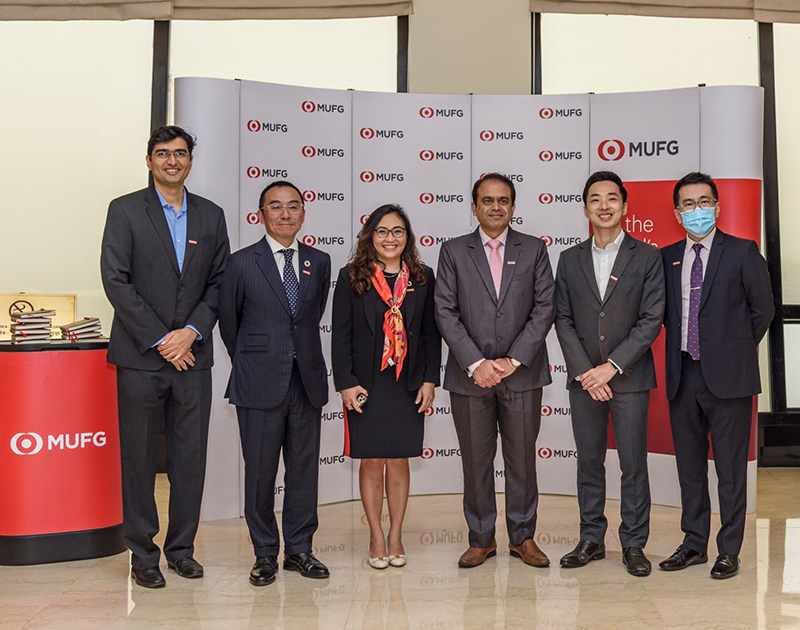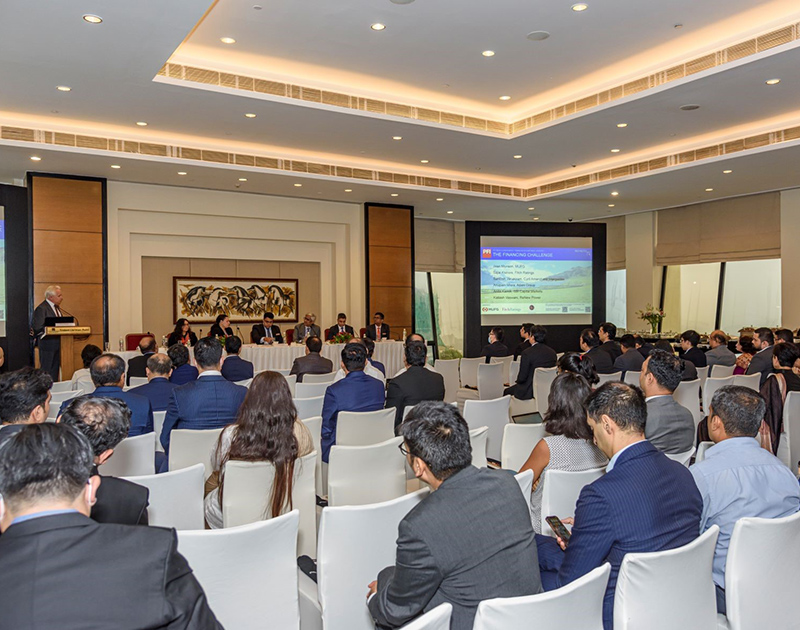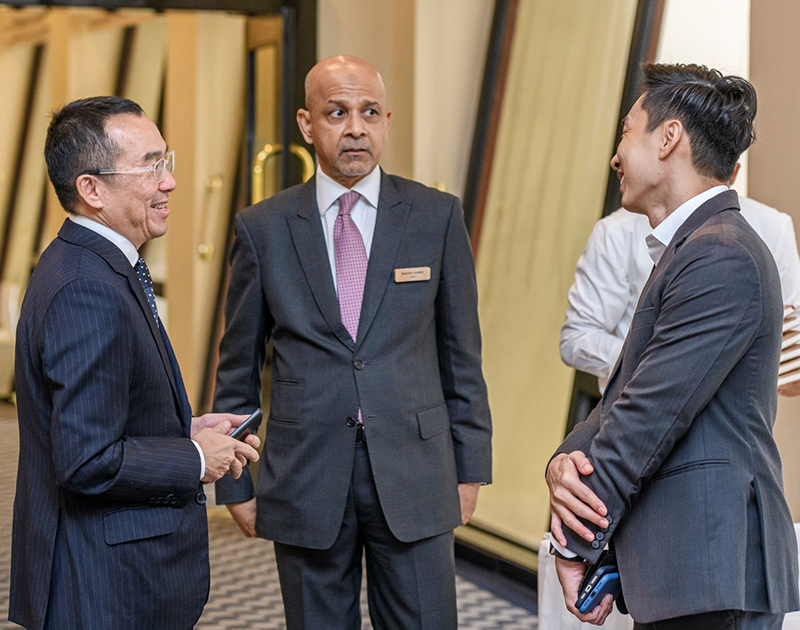Financing India’s Energy Transition
India’s energy transition ambitions are massive. At the 2021 United Nations Climate Change Conference, or COP26, the country set a target to cut its carbon emissions to net zero by 2070. It also aims to boost renewable energy capacity to 500GW and have half of its electricity generation come from non-fossil fuel sources.
To discuss India’s energy transition, MUFG recently hosted leaders from top firms in India’s clean energy and renewable sectors at a roundtable held in Mumbai’s Trident, Nariman Point. Over 90 clients and partners attended the in-person event despite torrential rains lashing the city.
Facilitated by media partner Project Finance International (PFI), the roundtable comprised two panel discussions, with speakers addressing topics ranging from market challenges around financing green projects to green technological developments. Colin Chen, Managing Director and Head of ESG Finance for APAC, and Jean Monson, Director of Project Finance and ESG Finance, were on hand to share insights.


[Left] Colleagues from MUFG Bank’s Project and ESG Finance teams from Singapore and India.
[Right] (From left) Colin Chen and Jean Monson.
[Right] (From left) Colin Chen and Jean Monson.
Key takeaways
- India’s power generation through wind and solar sources is expected to increase to 51% in 2030, according to panelists at the event. This will result in energy from coal sources falling from 53% in 2021 to 33% in 2030, ensuring that India would be well on its way towards meeting its 2030 renewable energy target. In fact, it has the potential to be a global leader in this space due to its unrivalled ability to produce renewable energy at extremely low costs, and it currently producing the cheapest solar power in the world.
- How India’s green transition success story will unfold also depends on technological developments. “There are currently a myriad of generation and storage options out there right now, from solar and wind to green hydrogen. The key is how we can harness the unique characteristics of each so that we can satisfy different energy requirements and ensure consistency of supply,” said Mr. Chen during his panel session.
- In 2022, macroeconomic headwinds including rising commodity prices, supply chain disruption and market volatility have presented challenges for Indian renewable developers. Nonetheless, global and local investor appetite is still strong, and capital remains available. To offset rising hedging costs, MUFG is able to competitively offer mini-perm tenor loans denominated in Indian Rupees to finance renewable energy projects in India. “Hedging costs are exorbitant at the moment; we are seeing that the spike in interest rates is really causing a differential, a delta between ECB (external commercial borrowing) financing and INR financing,” said Ms. Monson during the finance panel.


[Left] Panelists shared their insights with attendees at the event.
[Right] Networking between MUFG executives and attendees
[Right] Networking between MUFG executives and attendees
Following a lively round of discussions and networking, it was clear that everyone gathered at the trident that rainy day continue to remain optimistic about India’s energy transition.
“I think we can all agree that good progress and innovation has been made in India’s renewables space, including a healthy amount of local and international investor interest. Despite the short-term macro headwinds, we need to further support India Inc. in embracing new technologies to help the country hit its green target by 2030. We will also need to move from purely focusing on renewable energy generation to work with companies from other sectors to help them reduce emissions, like the cement, steel and even data centres,” shared Mr. Chen.
(Photo credits: PFI)


